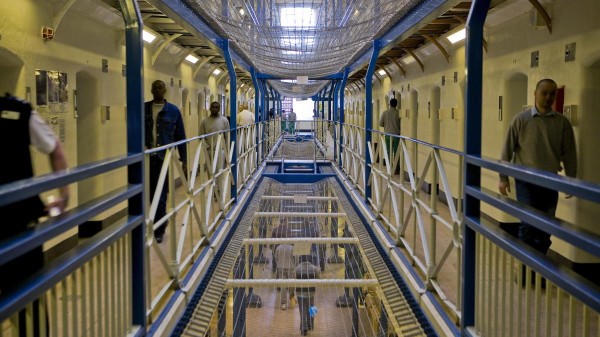
I will never forget the first time I saw a Vulcan bomber take-off. Standing next to the runway at RAF Boscombe Down (as it then was), wearing ear protectors far too large for my small ears, I watched its majestic and graceful frame ascend into the sky with a dexterity not normally seen in heavy bombers. I was awestruck. Despite the Vulcan having already retired six years before, it was (and still is) chilling to think of the destruction these aircraft might have unleashed on the world had the chess-like brinkmanship of the Cold War played out differently.
During the 1960ies, the Vulcan bomber formed the backbone of the British nuclear fleet and, at any given moment, a certain number were at a state of permanent readiness. In times of heightened tension, they could be airborne within two minutes – the shortest warning given of a Soviet nuclear attack was estimated to be three and a half minutes. Once airborne, they would have flown at over 40,000 feet over the North Sea to southern Norway until they reached the “positive release line”, beyond which they would not fly unless a given a positive command to do so.
Article: http://estonianworld.com/secur...
























